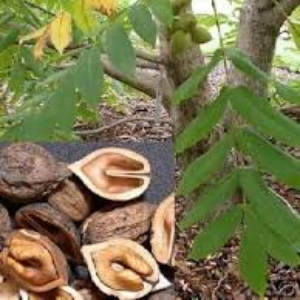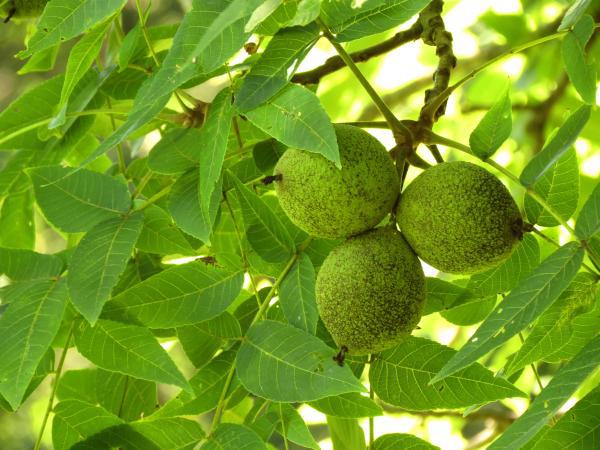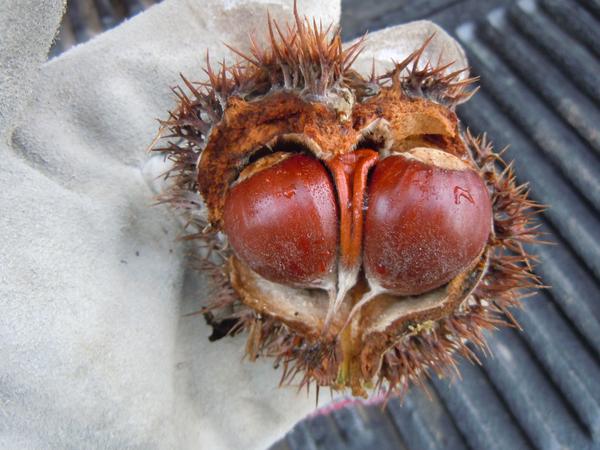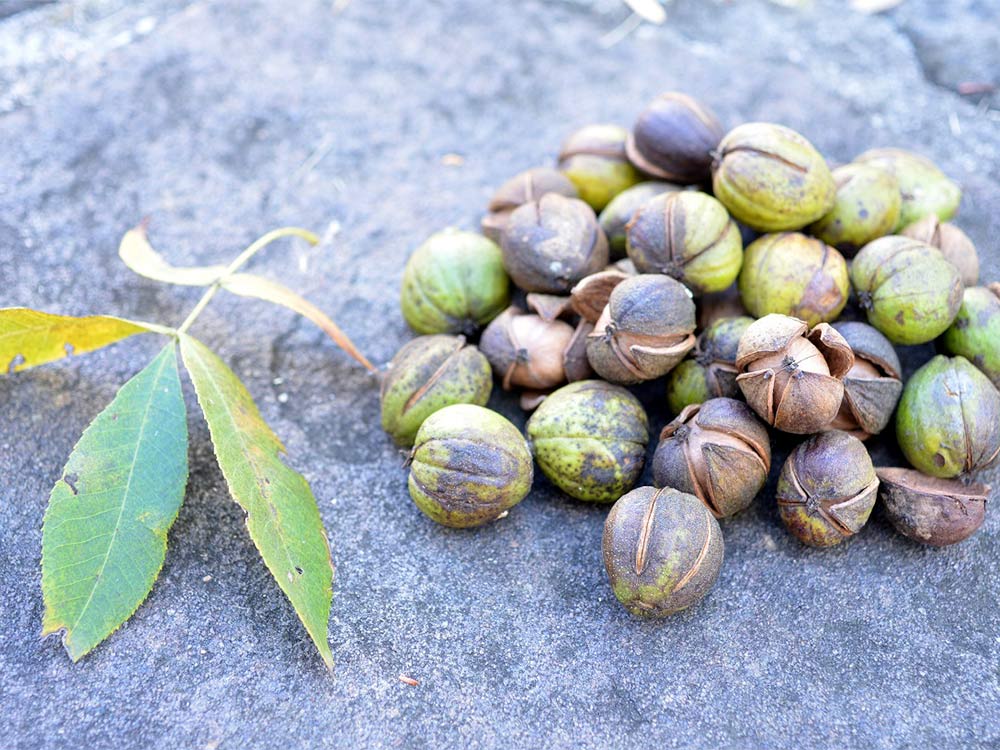types of tree nuts in nc
There are 18 species of hickory trees 12 of which are native to North America. There are over a dozen species of the hickory tree which include walnuts and pecans.

Juglans Nigra Black Walnut North Carolina Extension Gardener Plant Toolbox
The article includes nut and tree identification information for acorns beechnuts chestnuts and chinquapins black walnuts butternuts hickory nuts.

. Beta Version getting better every day. 6 rows Average annual rainfall ranges from 40 to 55 inches. Prone to alternate bear and overcropping in alternate years.
Though many consumers lump all nuts into one category peanuts are not considered tree nuts as they are a legume and cashews are actually part of a drupe. The most common types of hickory trees are shagbark hickory Carya ovata and shellbark hickory also called kingnut or Carya laciniosa. Bulbs shipped nationwide Free Shipping on orders over 99.
Usually grows wider than taller but some varieties produce good timber type trees. Butternut trees are short compared to most nut trees reaching an average height of 18 meters and living around 75 years. Berries eaten by many animal species are poisonous to humans.
Almonds Brazil nuts cashews hazelnuts macadamia nuts pecans pistachios and walnuts are all tree nuts. The beech is a. Find The Perfect Shade Flower or Nut Trees to Complete Your Landscaping Look.
And in the hope that it may. Thicket forming medium shrub 6-10 feet tall yellowish-white flowers are used by pollinators. Hickory trees are well-known for their edible nuts.
Many share similar characteristics including leaf structure trunk shape and average height. Major historic variety grown in North Carolina with marginal nut quality and poor filling in some years. Hickory nuts start falling to the ground in the autumn all over the United States.
While most of the nuts that fall off hickory trees are safe to eat some are inedible. Mike Parkers profile and contact information Comprehensive Guide to Growing Fruit Trees in North Carolina NC Peach Portal. The heartnut is low in cholestrol and high in protein and filled with antitoxants.
Recommended fruit and nut tree crops for. Selected from superior varieties. The black walnut one of our most valued hardwoods is found over most of the eastern half of the.
Sixteen editions of this handy pocket guide have been printed since John Simcox Holmes North Carolinas first State Forester put together the first edition in 1922. Kernel is darker in color. The chestnut is included as a tribute to its former importance.
Widely used in wetlands and riparian restoration. Taste is mild somewhat like the nut pines but do not have the nutritional value the nut pines have. Includes images of bark twigs leaves reproductive organs as well as distribution maps.
Ad Shop our Exclusive Products More. We Farm-Test our Varieties to Ensure a Great Product. Cooperative Extension Horticulture Specialist and Associate Professor Tree Fruits Pecans Image by Lucy Bradley Dr.
High nut quality and thinner shell. Peach Growers Information Research-based information specific to North Carolina peach production from. Native North American Nut Trees American Chestnut Tree.
Recommended fruit and nut tree crops for central North Carolina include apples chestnuts figs pears Asian and European pecans persimmons American and Asian and plums. What fruits and vegetables grow in North Carolina. Type of tree from another.
North Carolina ranks eighth in production of both of these crops nationally. Holmes idea was to provide an easy-to-use reference guide to help people of all ages recognize many of our common forest trees on sight. The nuts hang in clusters similar to grapes with up to 20 nuts in a cluster.
The pecan tree Carya illinoinensis contains the sweetest nuts of all the hickory trees and is one of the most important native North American nut trees though it can be a messy tree to grow due. The black walnut although most abundant in the piedmont can be found throughout the state usually in low-lying areas where the soil is. North Carolina ranks ninth nationally for cabbage production.
14 Silky DogwoodCornus amomum. Two species of walnut trees among the least plentiful hardwoods found in the states commercial forest land are native to North Carolina. 14 Hickories and Walnuts Black Walnut.
Trees of North Carolina A Free On-Line Plant Identification tool Featuring native and naturalized trees of North Carolina. Wild butternuts are found on hillsides and along stream banks. Click on identify and then select the image that looks most like the plant you are trying to identify.
Ad Shop For A Variety of Indoor Plants Potted Plants and much more. The Hickory tree is a common deciduous tree with potentially 12 different species being found in the USA. The Butternut or Juglans cinerea Juglandaceae is native to North Carolina and especially thrives in well-drained soil.
Their serrated and oval-shaped leaves which can usually be found near the ends of branches in bunches of 5 to 17 and their signature Hickory nuts are a great way to identify them. A handbook to use when foraging for nuts.

15 Tree Fruit And Nuts Nc State Extension Publications

15 Tree Fruit And Nuts Nc State Extension Publications

15 Trees Every Outdoor Lover Should Learn To Identify

9 Types Of Nuts To Grow On Your Farm Hobby Farms

9 Types Of Nuts To Grow On Your Farm Hobby Farms

9 Types Of Nuts To Grow On Your Farm Hobby Farms

Other Edible Nut Trees Rhora S Nut Farm

.jpg)